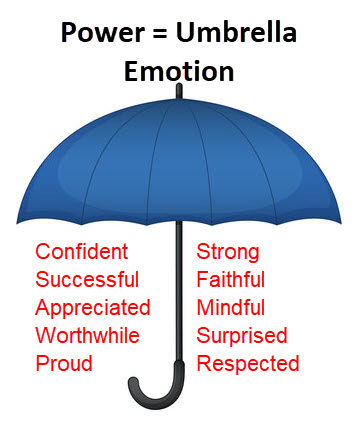
Social Emotional Learning |
What are emotions?

Unit Overview: In this unit, students will show that they are aware of personal emotions and be able to identify different emotions.
Section A: Emotions
Everyone has emotions. Emotions come from the feelings we get when we have experiences at school, at home and the world around us. Our emotions can change, depending on how these experiences with the people and the environment around us make us feel, from moment to moment. During the 1970s, psychologist Paul Eckman identified six basic emotions that he suggested were universally experienced in all human cultures. The emotions he identified were happiness, sadness, disgust, fear, surprise, and anger.
 |
We have all had our own experiences with these emotions, but sometimes it can be hard to identify the emotion while we are having it. When we become overwhelmed in the moment, we can even experience more than one emotion at once.
Answer Questions 1-3.
Section B: Umbrella (complex) Emotions
While it is important to understand our basic emotions such as joy, anger, fear and sadness, sometimes these emotions get more complicated. Many times, our emotions are hiding another more complex feeling that might be hard to understand or explain. These emotions are called Umbrella Emotions because they usually cover another more complex emotion.
Fear is usually considered an Umbrella Emotion because it can come out when you are feeling more complex emotions like insecurity, confusion or abandonment. For example, Jane has begun having nightmares and sleeping on the floor of her brother’s room for the last week after finding out that her parents are getting divorced. She won’t go to bed without a light on and must check to make sure her mom and dad are home before she can even get into bed. In this example, Jane is showing the Umbrella Emotion of fear because she is feeling confused and insecure about what is going to happen with her parents and the divorce.
 |
 |
 |
 |
 |
 |
Section C: Identifying and Recognizing Emotions
We have already talked about how hard it can be to recognize exactly what we are feeling in the moment, but we can use our growing knowledge of feelings and emotions, our experiences, and our own ability to read facial cues and body language to recognize what someone else might be feeling as well as ourselves. We know what anger looks like, how people might react to fear and hopefully you have seen someone act happy. Recognizing your own emotions as well as the feelings of others can help you better understand your own feelings.
Take a look at the following link to see some photos and definitions of some of these complex emotions:
Watch the following video about Umbrella Emotions. Towards the end of video, there is a description of your next activity: Emotion Selfies.
In the video it talks about something called a tableau vivant, or a frozen picture, that was created in the past for the theater. It used props and the actor/actress posed in a certain way to convey emotion to the viewer. Today we can create this same idea by taking a “selfie”. Like frozen life stills or tableaus, these pictures can also convey emotions.
Answer Question 4.